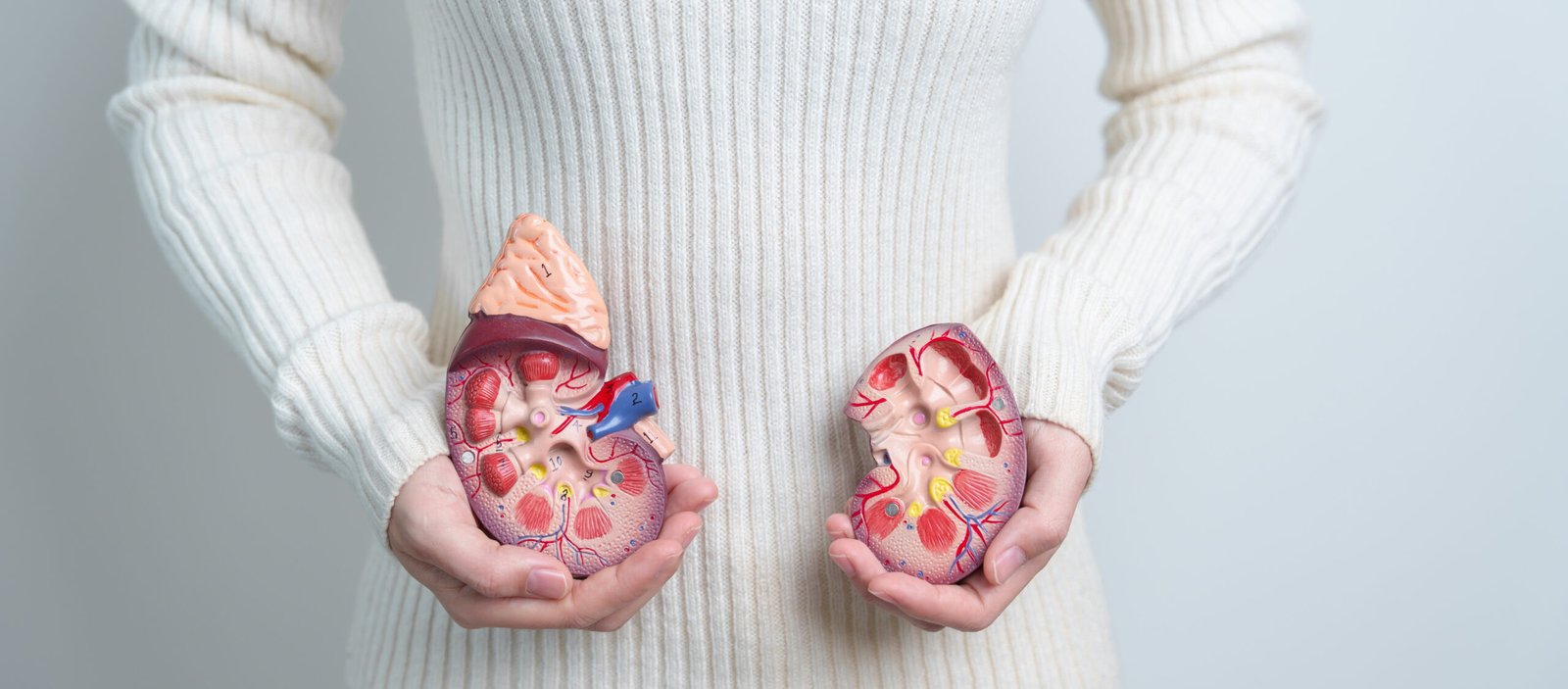In Ayurveda, the mental state is deeply influenced by the concept of Triguna, which consists of three fundamental qualities that shape the mind: Sattva (purity and clarity), Rajas (activity and agitation), and Tamas (inertia and ignorance). These three gunas not only influence our mental and emotional state but are also directly affected by the food we eat, known as Ahara in Ayurveda.
Each type of food corresponds to one of the gunas, making diet an essential aspect of mental well-being in Ayurveda. Sattvic foods, such as fresh fruits, vegetables, whole grains, and nuts, are pure and nourishing. They promote mental clarity, emotional balance, and inner peace. Consuming a Sattvic diet helps elevate the mind, encouraging calmness, focus, and compassion. This type of diet is often recommended for maintaining a balanced and peaceful mental state.
On the other hand, Rajasic foods—including spicy, salty, and fried items—stimulate the mind and body, increasing activity and energy. While Rajas can lead to enthusiasm and motivation, an excess of Rajasic food can cause restlessness, anxiety, and agitation. People who eat primarily Rajasic foods may find themselves prone to stress and impulsiveness.
Lastly, Tamasic foods, such as processed, stale, or heavily fried items, lead to lethargy and dullness. These foods can cloud the mind, causing confusion, laziness, and even depression. Tamasic food slows down both the body and mind, hindering mental clarity and emotional stability.
Ayurveda emphasizes that a well-balanced diet, predominantly Sattvic, plays a crucial role in promoting mental health by fostering harmony between the mind and body. By understanding the influence of Triguna and consciously choosing the right foods, we can improve not only our physical health but also our emotional and psychological well-being.



